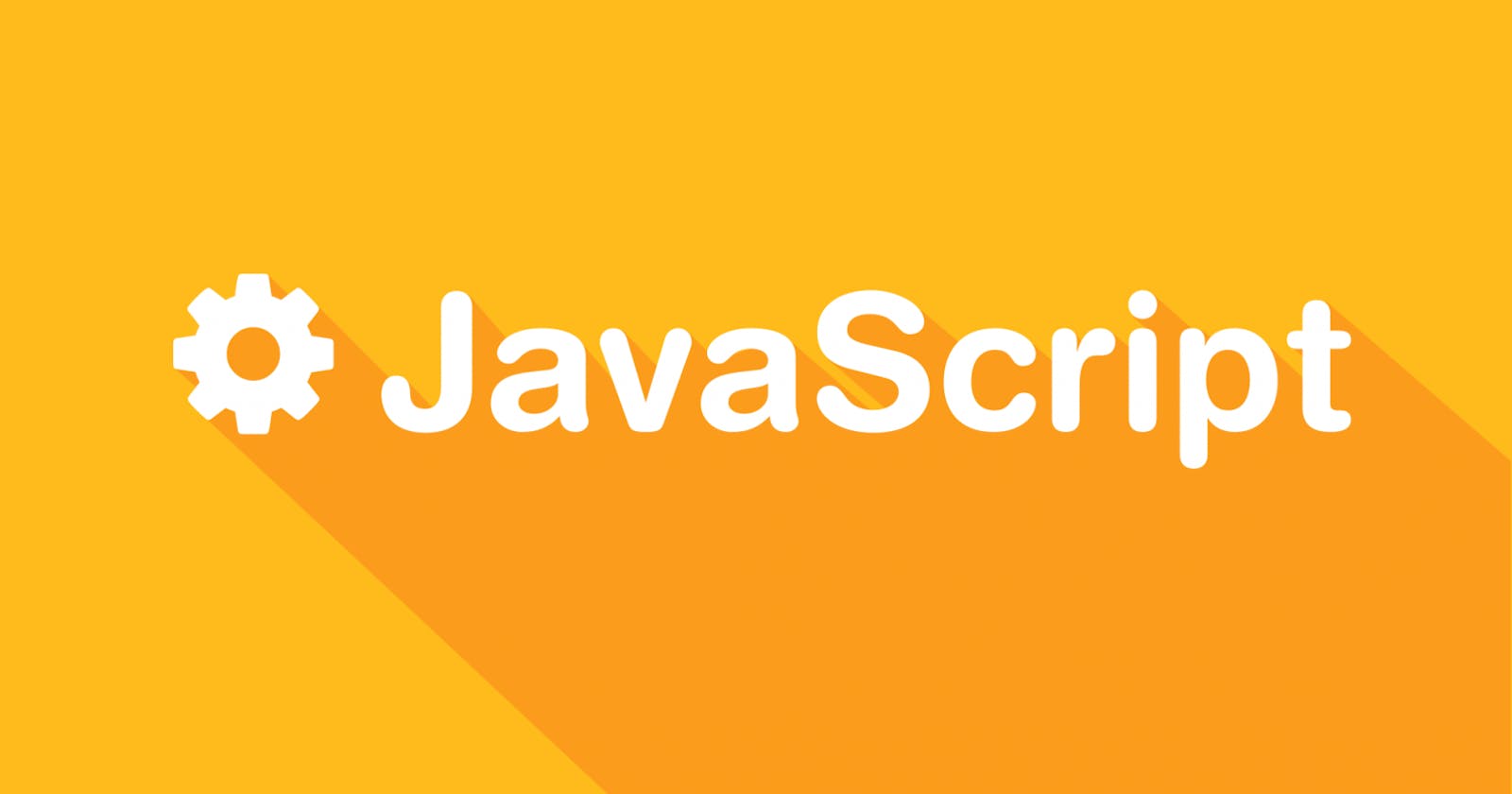What is Javascript?
JavaScript is a dynamic programming language for computers. It is a lightweight component of web pages whose implementations enable client-side script to interact with users and create dynamic sites. It's an object-oriented programming language that can be interpreted.
JavaScript was originally known as LiveScript, but due to the buzz surrounding Java, Netscape changed its name to JavaScript. LiveScript was the name given to JavaScript when it originally appeared in Netscape 2.0 in 1995. The language's general-purpose core has been integrated into Netscape, Internet Explorer, and other web browsers.
Because JavaScript is a scripting language that cannot run on its own, we must use a platform to run it. This platform is nothing more than the browser that we use to open the web page; browsers already have execution engines built in. Because of the inclusion of three features that are unique to JavaScript, it stands out from the rest. JavaScript is the only programming language that combines these three qualities, making it a one-of-a-kind programming language for interface design. These three features are :
It has a full HTML integration feature. HTML is a standard language for creating web pages.
It is supported by all browsers, making it the best option.
With constantly developing libraries, the programming language is efficient. As a result, JavaScript is a powerful programming language for web development, mobile app development, and even IoT.
Top Companies Using JavaScript
- Netflix – Online Steaming of Movies & TV shows
- PayPal – Online payment system
- LinkedIn – Employment and Business Oriented App
- Walmart – A wholesale Retailer
- Uber – Cab booking Application
- E-bay – An e-commerce website.
How JavaScript used by Netflix?

Netflix has a strong A/B testing culture. An A/B test might be run on every aspect of the service, from movie personalization algorithms to video encoding to the user interface.
It's not uncommon for a typical Netflix member to be assigned to 30 to 50 separate A/B tests at the same time. The ability to try completely new approaches and many evolutionary approaches at the same time is provided by doing the tests at this scale. The user interface is the best example of this.
On the Netflix website, A/B testing is used to introduce new features or change current ones in order to improve the control experience. Many website tests are built from the ground up to be cross-allocation friendly, or stackable with other A/B tests. This ensures that new functionality can live alongside existing tests.
While one Netflix subscriber's homepage may appear to be similar to another subscriber's homepage on the surface, various bits and pieces of functionality are added or updated throughout the page to make the end result feel unique. It's worth noting that the Netflix UI is being tested in its entirety (HTML, CSS, and JavaScript).

According to the HTTP Archive, the average Web site in 2014 contains about 290 KB of JavaScript spread across 18 distinct files. 2 In comparison, today's Netflix homepage packs a 150-KB payload into a single JavaScript file. This file really consists of 30 to 50 separate files concatenated together, with their inclusion in the payload determined by one or more of Netflix's recommendation algorithms' hundreds of personalization features.
These facets can be determined from a subscriber's A/B test allocations, country of signup, viewing preferences, and sharing preferences (Facebook integration), but they could theoretically be backed by any arbitrary logic. These facets serve as switches, allowing the user interface to be easily flipped and modified.
This has put the Web site in a unique situation: how to package and offer a variety of UIs in a way that is both maintainable and performant. It's a good idea to start by drawing a straight line between the various aspects of personalization and their impact on the user interface.
More than 600 unique JavaScript files and more than 500 unique CSS (Cascading Style Sheets) files may be found in the Netflix Web site repository. The great majority of these files are from A/B tests. The formula for unique combinations can be used to estimate the number of different JavaScript payloads the Web site deals with: n!/r!(n-r)!
Using a total bucket of 600 modules and a 40-module average JavaScript payload, you get the following number of potential combinations:
600!/40!(560!) = 433518929550349486086117218185493567650720611537099964754232870
This figure is eye-catching, yet it isn't totally accurate. The majority of the 600 distinct modules are not selectable independently. Many of those modules are reliant on other platform modules, which in turn are reliant on third-party modules. Furthermore, even the most extensive A/B experiments usually only effect a few million users. Although this appears to be a vast group to test on, it represents only a small portion of the overall 50 million or so subscribers.
As a result of this information, some preliminary conclusions can be drawn: First, the test allocation is insufficient to distribute the tests uniformly over the whole Netflix member base; and second, the number of independently selectable files is extremely limited. Both of these factors will result in a large reduction in the number of distinct combinations.
It could be more practical to offer some empirical data rather than attempting to change the formula. On a weekly basis, the website releases a new build. The Web site creates around 2.5 million different JavaScript and CSS payloads for each build cycle.
This is JavaScript that is utilized by Netflix and many more industries.
